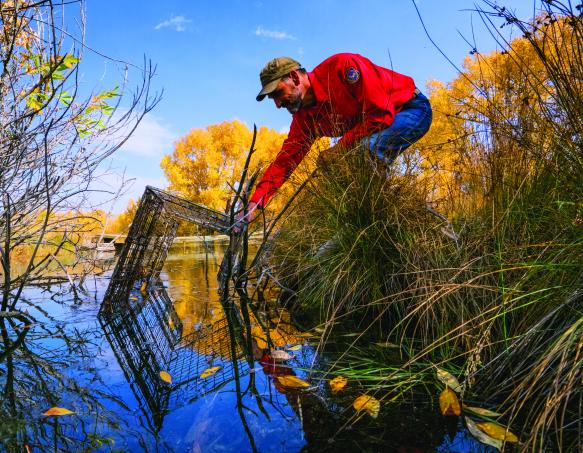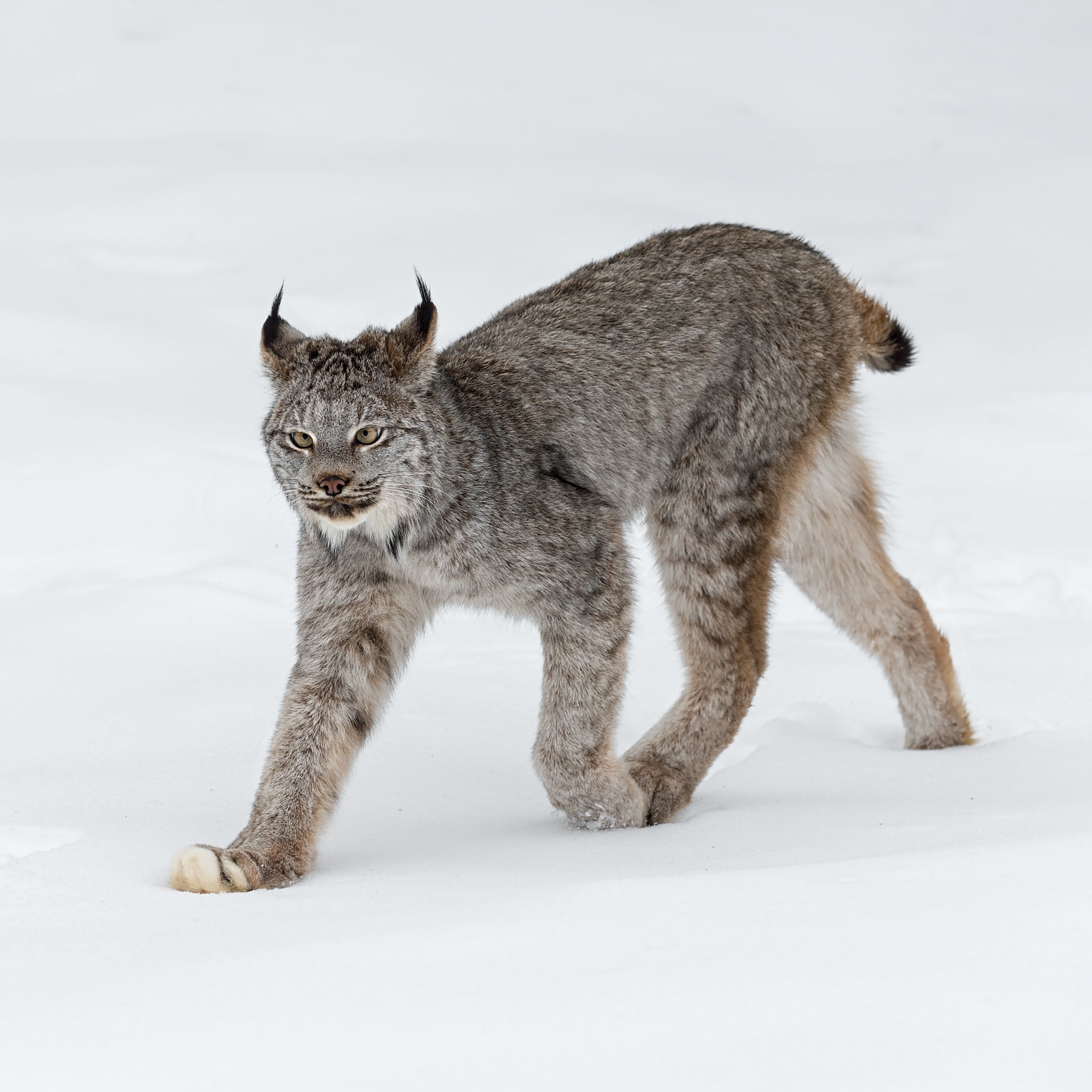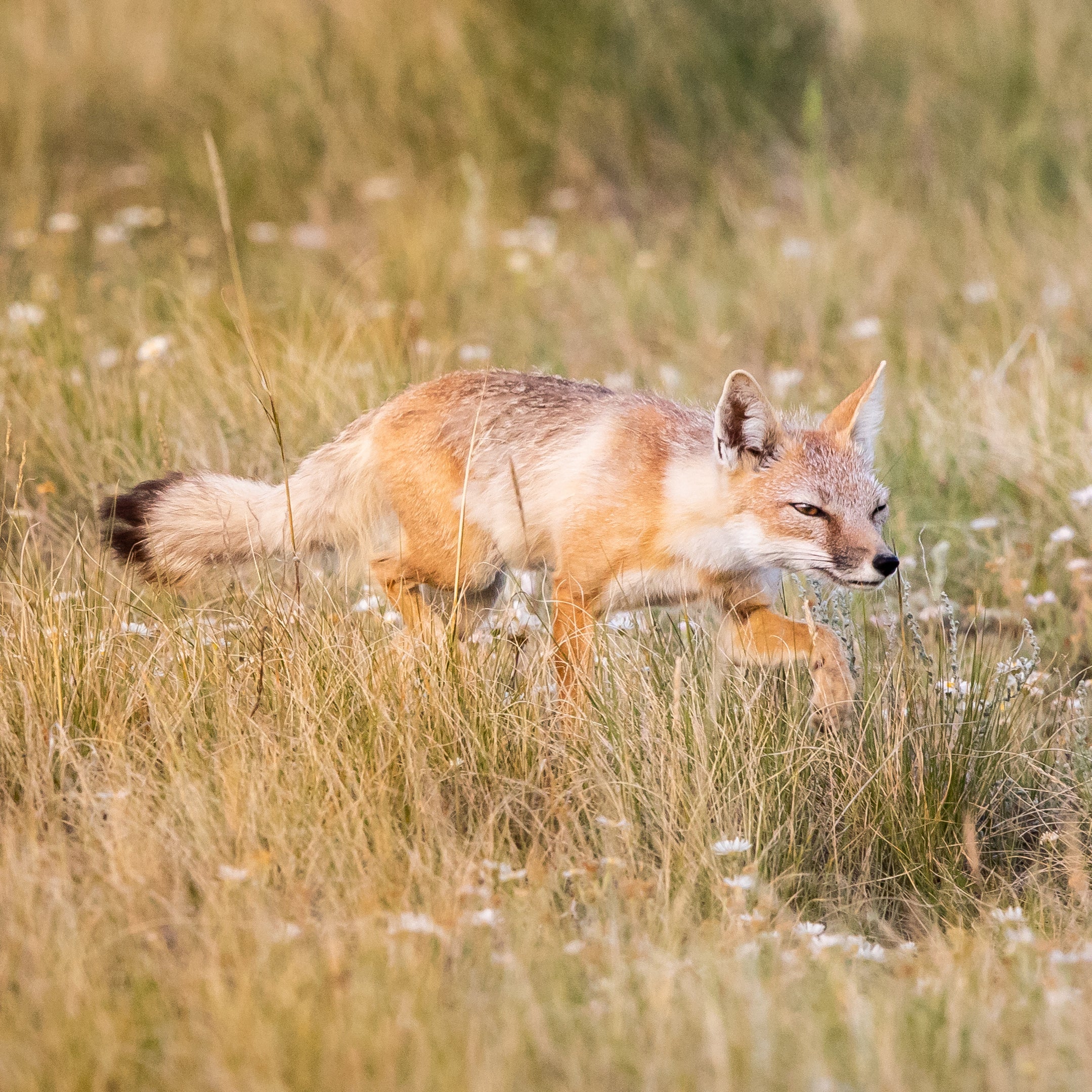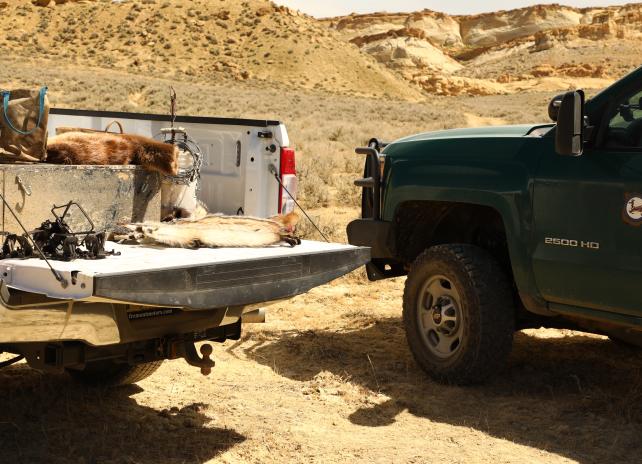
Education
Trapper education is free and available online.
Education and mentoring of the next generation are needed to ensure trapping continues.
Best Management Practices
-
Answer
Trapping Best Management Practices (BMPs) are carefully researched recommendations designed by trappers and others to ensure animals are humanely captured. Wyoming trappers have been involved with the BMP process for decades. Developed as part of the largest trap research effort ever conducted, BMPs feature the latest scientific information about trapping techniques and equipment and practical advice from experienced trappers and wildlife biologists. Since the inception of this program in 1997, over 600 trap types have been evaluated for 23 wildlife species. The research behind BMPs is ongoing, and trapping BMPs are updated and expanded as more new trap types are tested.
-
Answer
By utilizing BMPs, you can be assured that you use the most effective, selective, affordable, and humane traps. BMPs are always being updated and improved as new equipment becomes available. BMPs have identified the best-performing traps for all common American furbearing species. The traps recommended within the BMPs must perform to high human safety standards, selectivity, efficiency, and practicality. High animal welfare (humaneness) scores must also be met. Killing traps must kill consistently and rapidly. Restraining traps must provide low trauma scores.
-
Answer
- In the U.S., 41 states, including Wyoming, have actively participated in field testing and developing BMPs.
- Over 2000 teams of experienced trappers and biologists have participated in field testing traps and gathering data.
-
BMPs help trappers by showing the public their commitment to improving or maintaining the efficiency and selectivity of their traps while ensuring animal welfare. Link to BMPs
-
BMPs help ensure access to international fur markets.
-
BMPs are based on trapper-developed techniques and innovations, and experienced trappers participated in testing and development.
-
Trappers can assist in this outreach effort by learning to effectively communicate priority messages and by adopting and using BMPs.
-
Wildlife management agencies recognize that trapping, similar to angling and hunting, follows the principles of sustainable use of wildlife by the public.
We need your help!
Trappers visit more remote locations than others and your sightings can help us manage wildlife populations, even those not classified as furbearers. For example, information from trappers was crucial in identifying historic and recent locations for spotted skunks, the focus of at least two research projects through the University of Wyoming. This trapper-reported information helped determine survey locations, develop a predictive distribution map for the species in the state and collect much needed genetic samples -- none of which would have been possible without these reports.
The Wyoming Game and Fish Department asks for your help in collecting data about our wildlife. Any captures you report are anonymous and very helpful. While it is mandatory to report a big or trophy game animal, game bird, protected animal or raptor that has been injured in such a way that the injury may result in death of the animal or the animal has died, Game and Fish has interest in other animals you may encounter. We are specifically interested in knowing the locations of the species below that you may have encountered while trapping.

Canada Lynx

Least weasel

Spotted skunk

Fisher

Ringtail

Swift fox

Gray fox

River otter

Wolverine

Furbearer regulations
Trapping regulations have changed over time to align with newly established best practices. Methods have evolved, too. Trapping in Wyoming remains a valuable wildlife and predator management practice. Regulated trapping helps reduce transmissible diseases like rabies, prevents crop damage and helps fund wildlife conservation.

